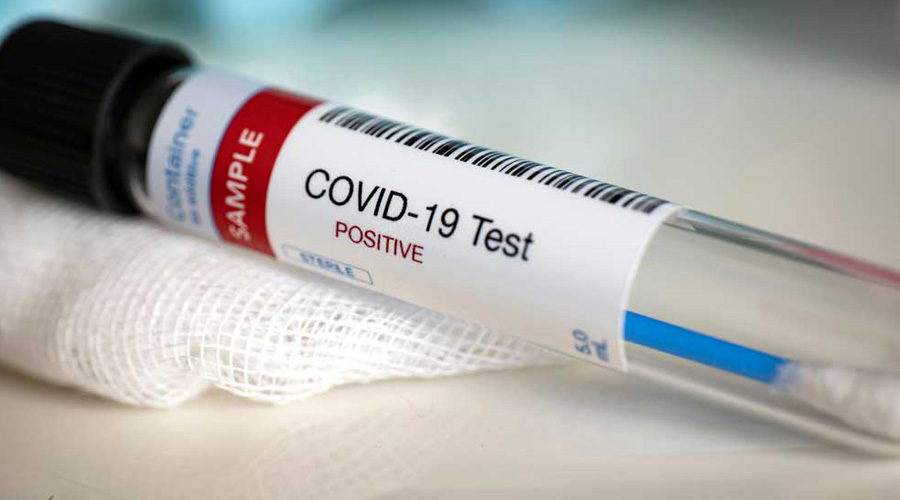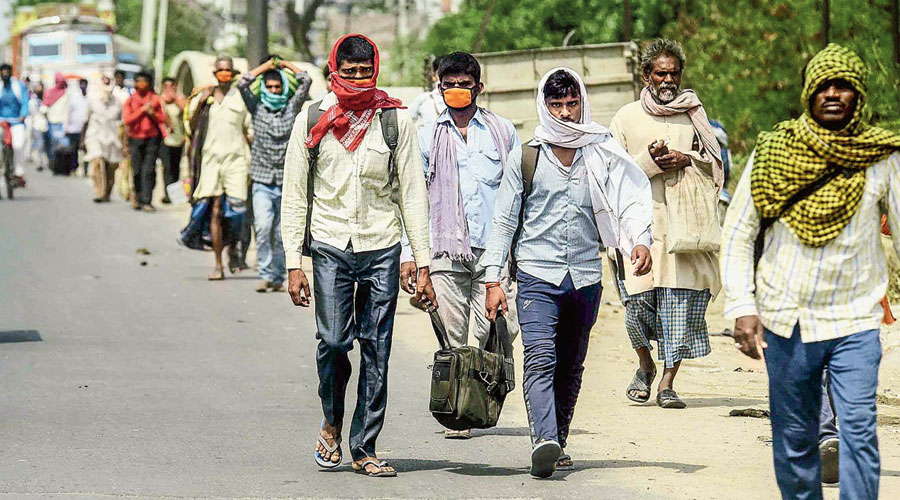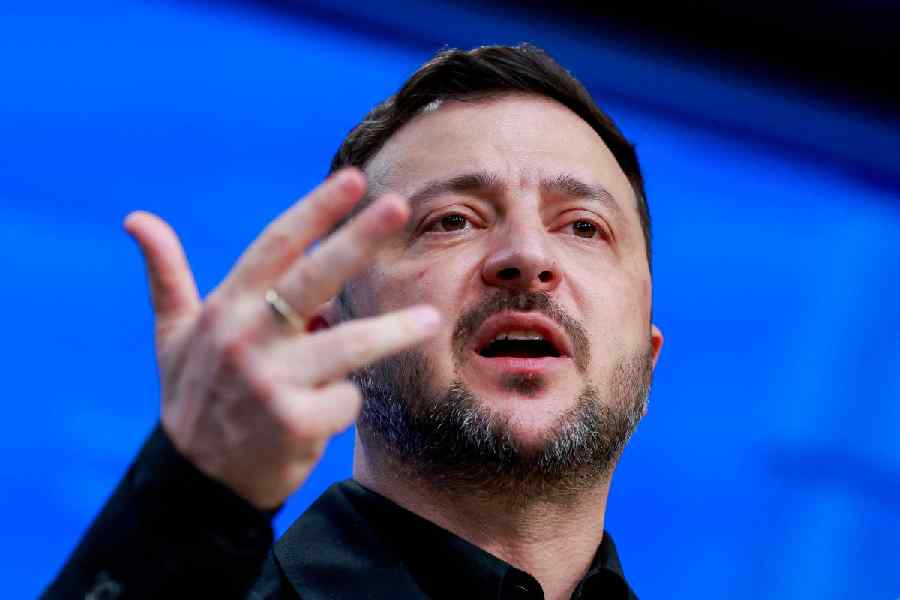India’s counts of new Covid-19 cases rose for the first time by over 200,000 on Thursday, reflecting what some health researchers have called a “brutal second wave” for which, they said, the Centre should take responsibility and stop blaming people and states.
Health authorities recorded 200,739 new lab-confirmed cases, raising the total number of active Covid-19 patients nationwide overnight by over 100,000 to 1.47 million, about 40 per cent higher than the peak counts of active patients during the previous wave in mid-September.
A group of public health researchers and scientists have urged the Centre to stop blaming the second wave on laxity among the public, pandemic fatigue among health workers and incompetence by states.
“Blaming people and states for this crisis … is disingenuous, hypocritical and even dangerous, serving only to enable the Centre to evade responsibility for the present situation and give itself an excuse for future inaction or failure,” the All India People’s Science Network has said in a statement.
The Union health ministry has cited reports from central public health teams visiting the hardest hit states such as Maharashtra and Punjab flagging public laxity on face masks and crowd avoidance and pandemic fatigue among health workers leading to inefficient control measures.
The All India People’s Science Network — a member of the non-government Jan Swasthya Abhiyan (People’s Health Movement), a network of public health experts — has said that while people have become “extremely lax”, the question that emerges is whether the government encouraged this.
As daily new cases sharply declined during January-February, reaching a trough of about 9,100 on February 15, the network said, there was an opportunity to attack the shrinking epidemic through rigorous containment and mitigation actions, including expanded vaccinations.
“But the government lowered its guard and missed the chance,” the network said. “Encouraged by signals from the Centre, authorities everywhere relaxed restrictions, with offices, malls, restaurants, cinemas, passenger airlines and public transport functioning… virtually in a life-as-usual mode.”
Experience from different countries had underlined the importance of continued vigilance and ensuring that precautions against Covid-19 continue. However, the government had itself suggested through a so-called National Covid Supermodel that the epidemic would vanish by February 2021.
“Even today, in the midst of this dangerous second wave, huge crowds are attending potentially super-spreader events such as massive gatherings at the Kumbh Mela and rallies and road shows during the state elections frequently addressed by topmost government leaders who are themselves responsible for Covid-19 control measures,” the network said in its statement.
Oxygen demand
India’s epidemic has grown to a point where about half of the medical oxygen the country is producing daily is being consumed by hospitals, the Union health ministry said on Thursday, forecasting a steep rise in demand over the next two weeks.












